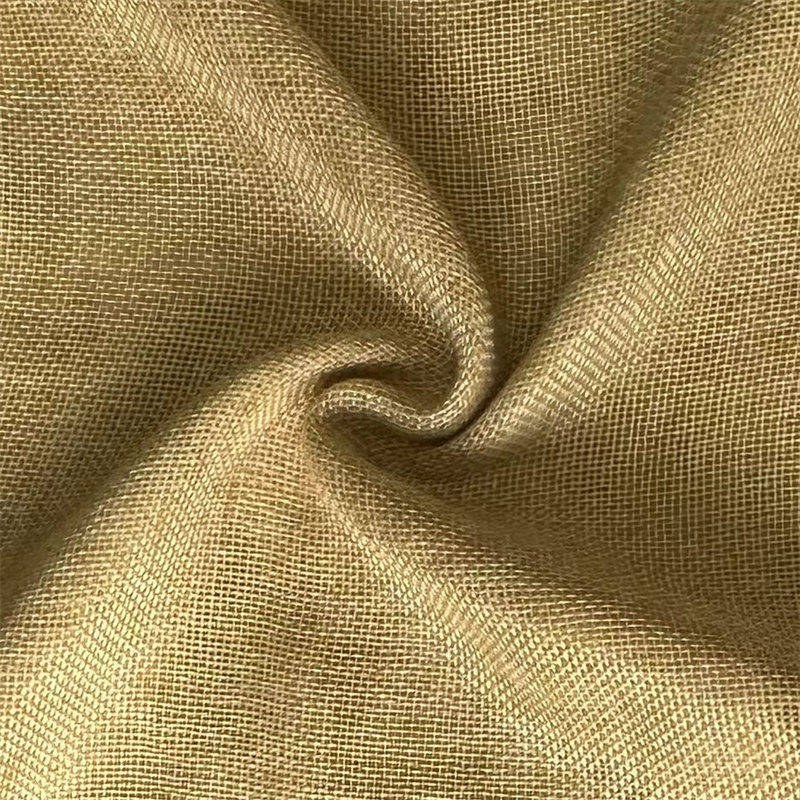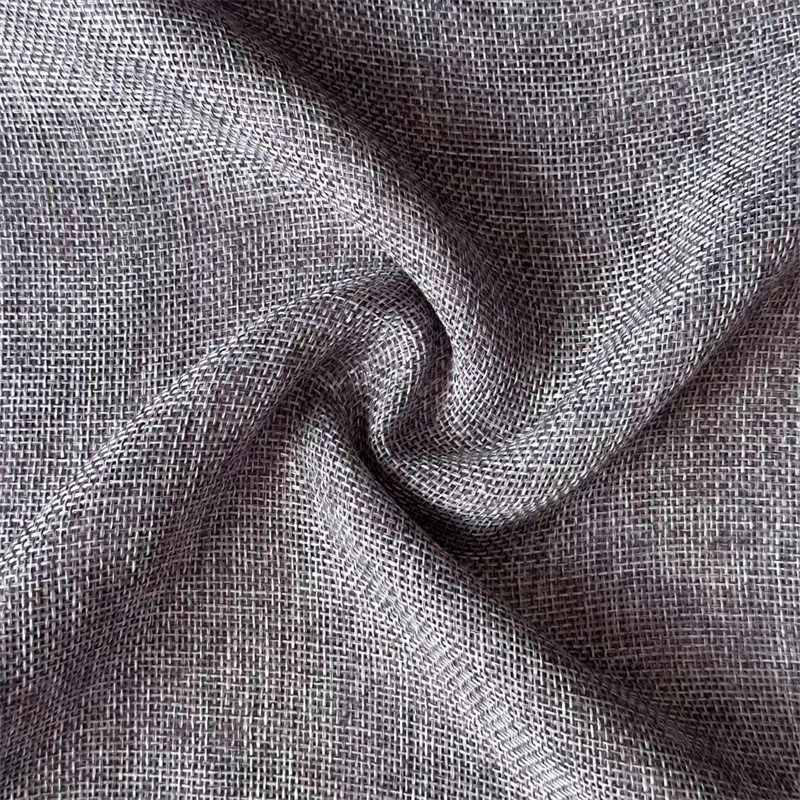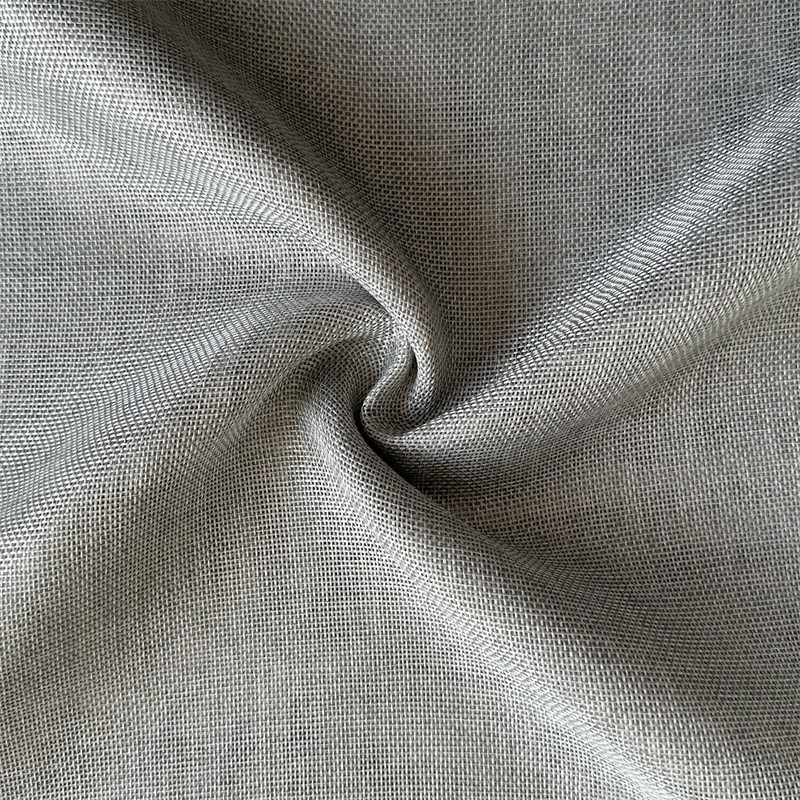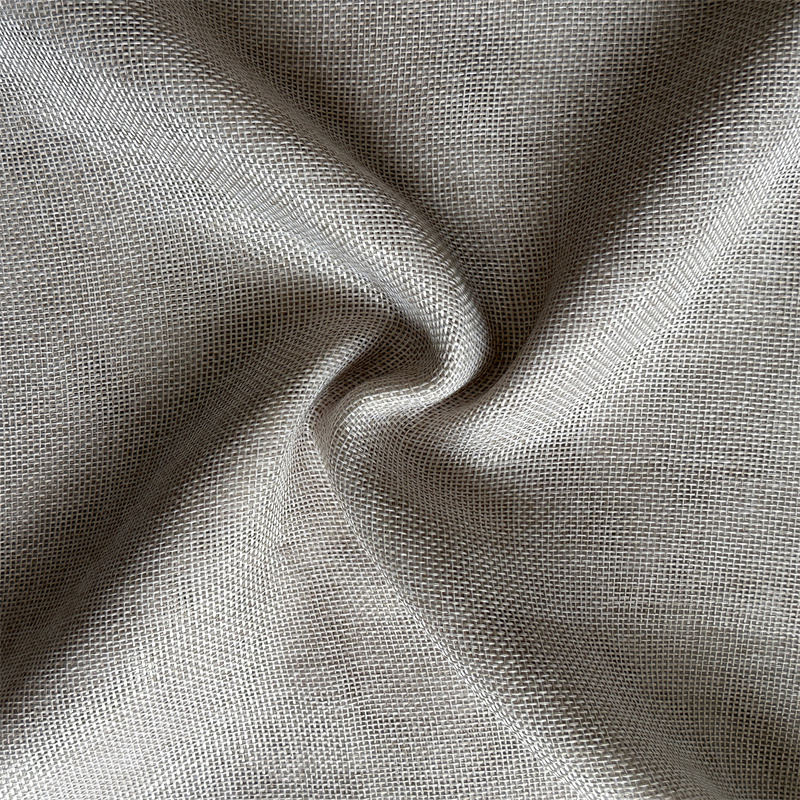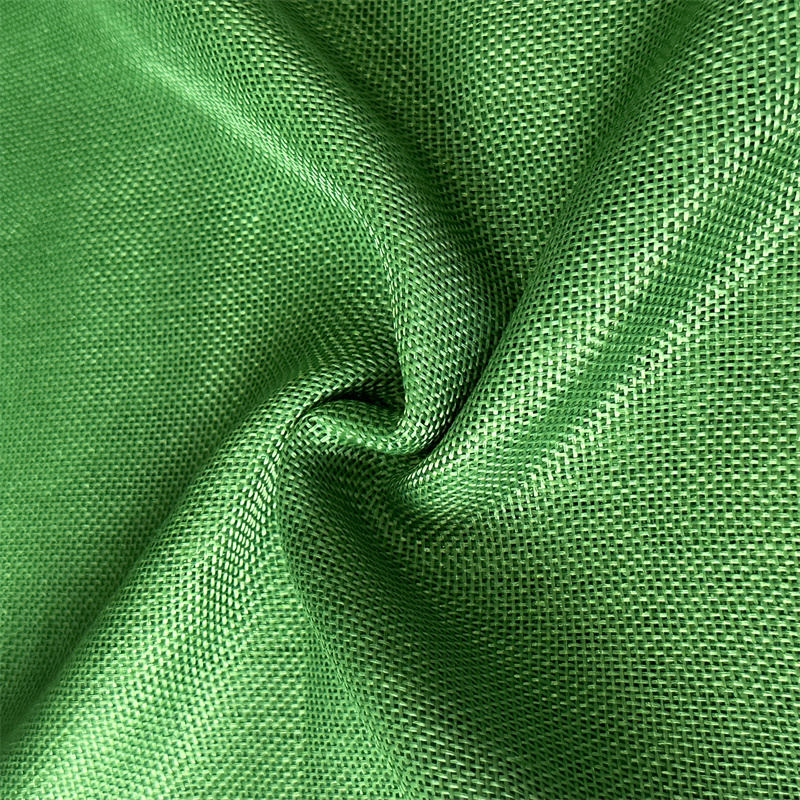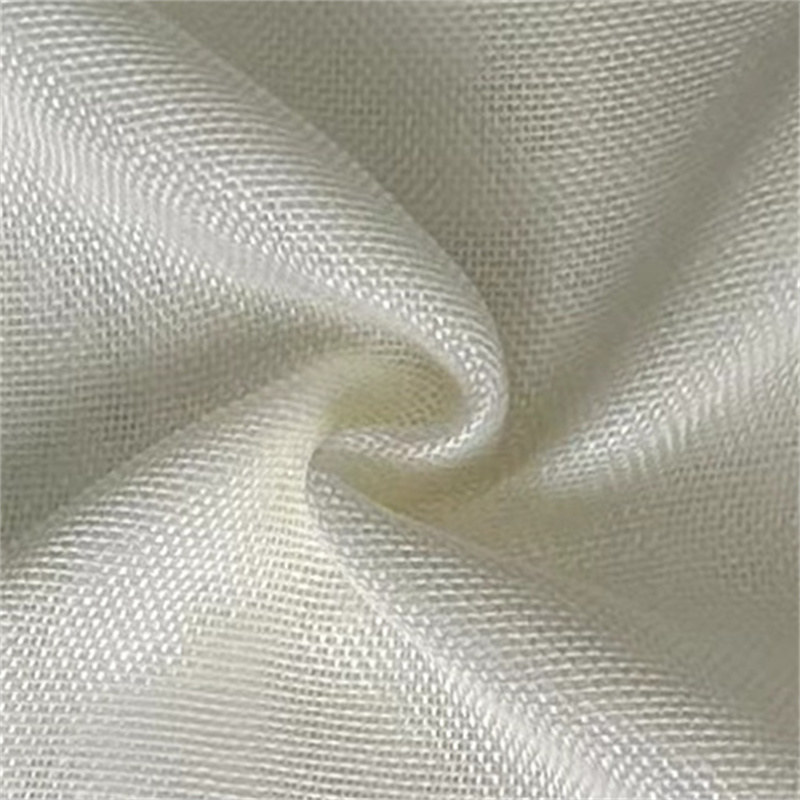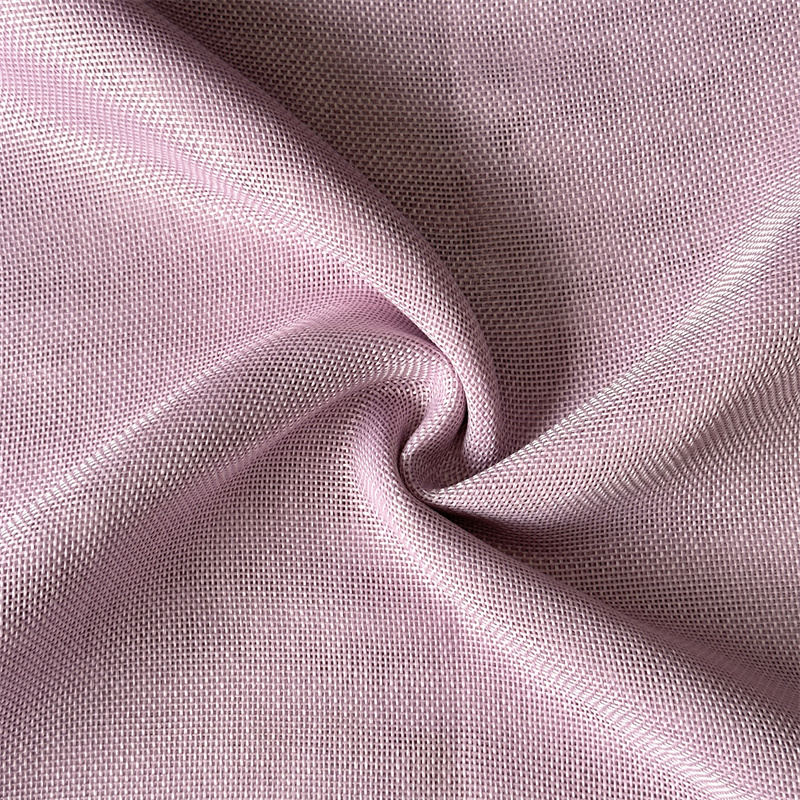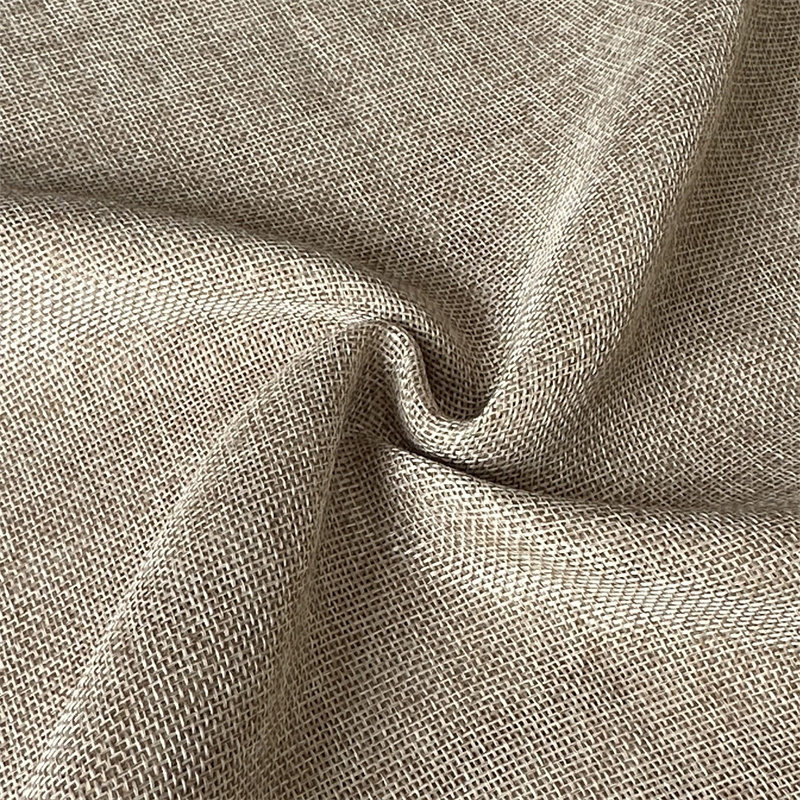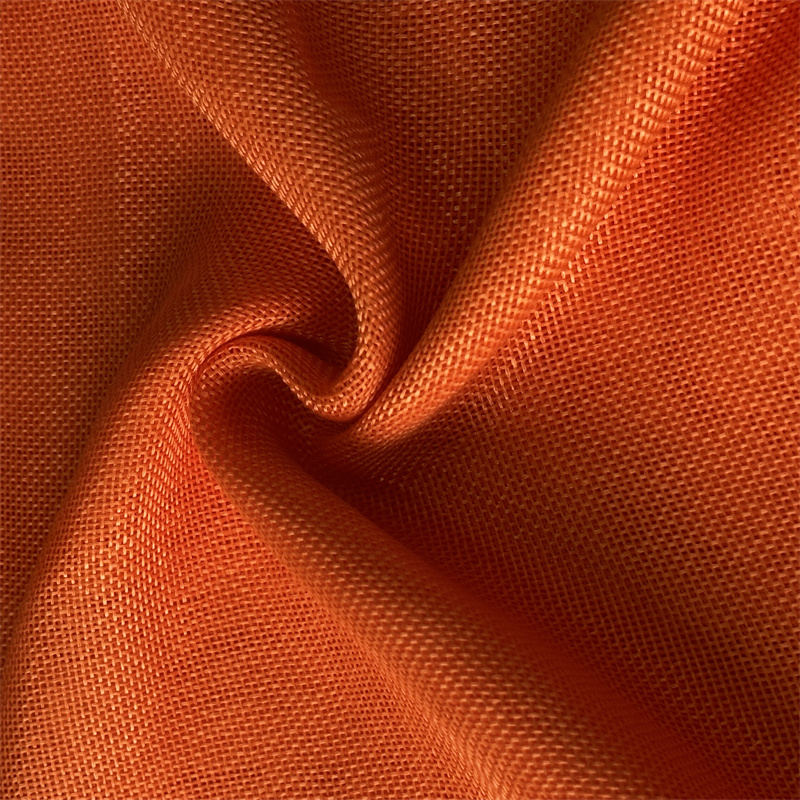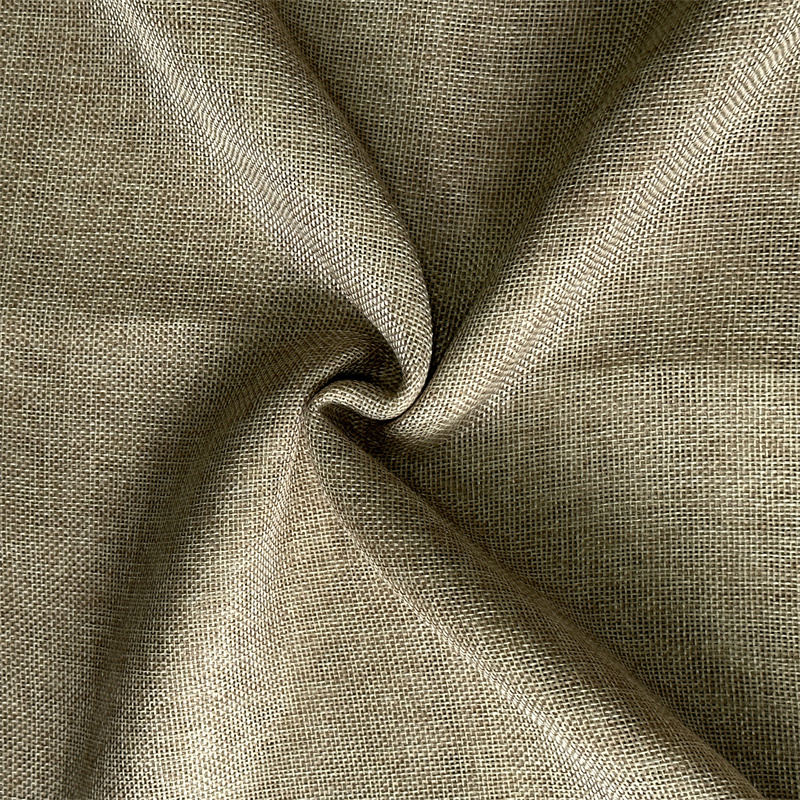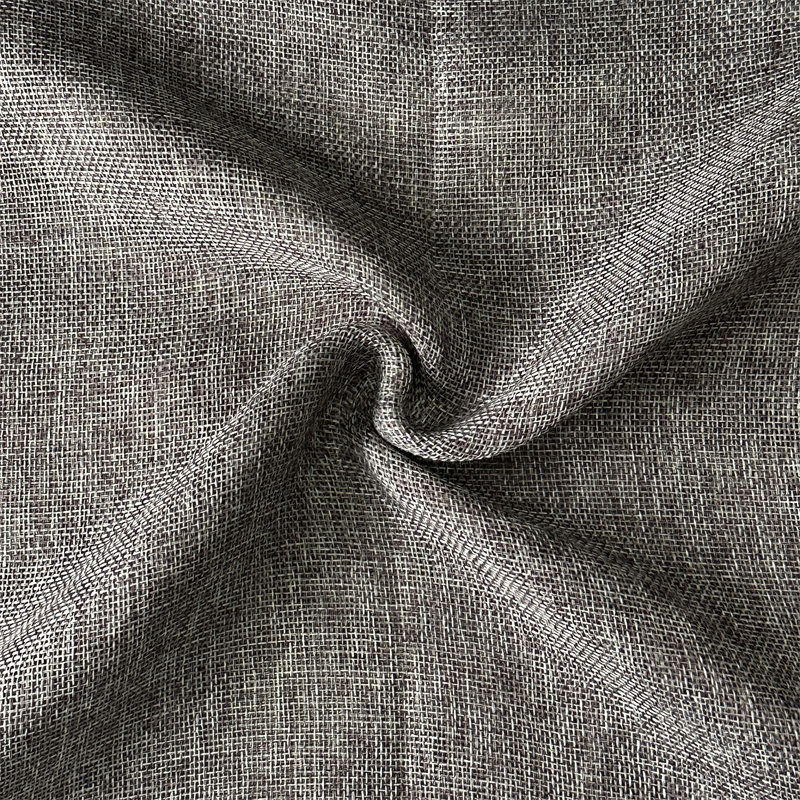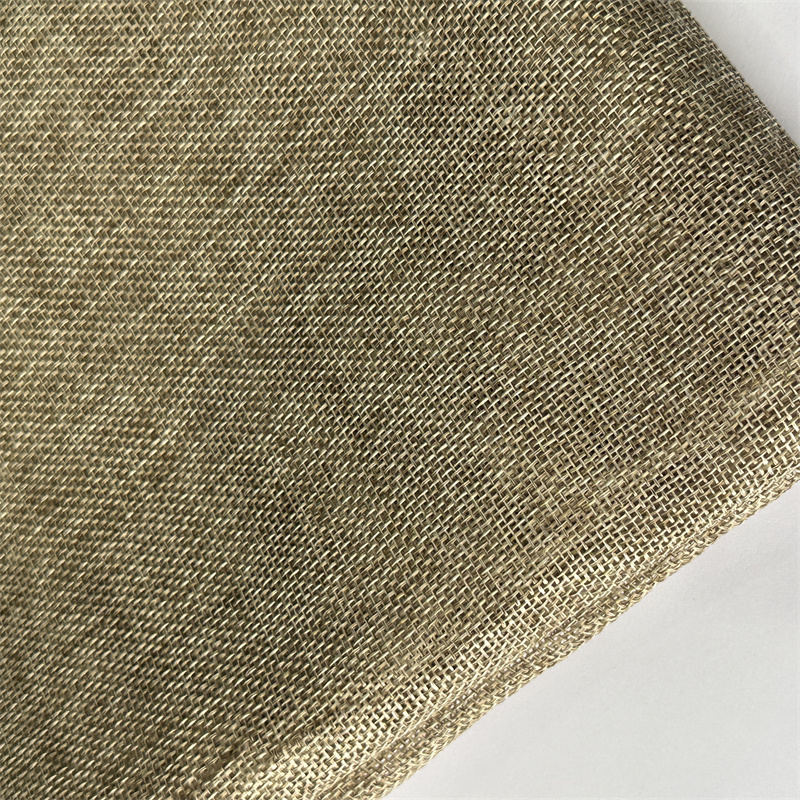Satin has long been one of the indispensable fabrics in fashion, wedding dresses, lingerie and household items due to its smooth and luxurious appearance. However, people often confuse satin with silk and mistakenly believe that "satin = silk". In fact, although they both have bright luster and smooth touch, they are significantly different in raw materials, weaving processes, performance and uses.
1. What is Satin Fabric?
Satin does not refer to a certain fiber material, but a weaving method. Satin weave is a specific textile structure that floats the warp (longitudinal yarn) on the weft (transverse yarn), making one side of the fabric smooth and shiny, while the other side is dull and rough.
The main features of satin fabric:
Bright and smooth surface
Strong drape
Looks high-end and elegant
Prone to static electricity, some materials (such as polyester satin) are easy to slide
Common satin raw materials:
Polyester
Nylon
Cotton
Silk
Acetate
2. What is Silk?
Silk is a natural protein fiber extracted from silkworm cocoons and is one of the earliest natural textile raw materials known to mankind. It can be used for ordinary plain or twill weaving, as well as satin weaving, so we often see the term "Silk Satin".
Main features of silk:
Soft, light, and skin-friendly
Natural luster, non-artificial reflection
Good breathability, warm in winter and cool in summer
Wrinkle-prone, need careful care
High material cost, expensive
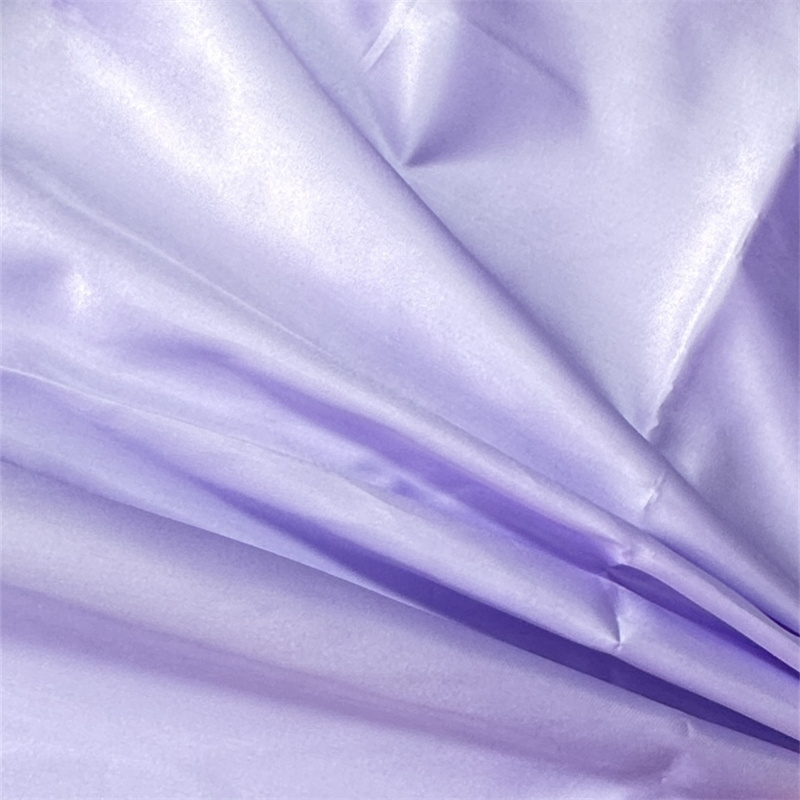
3. Advantages and disadvantages of satin and silk
Advantages of Satin:
Lower cost, suitable for mass production
Gorgeous appearance, suitable for stage, wedding and other occasions
Various choices (multiple colors and thicknesses)
Disadvantages of Satin:
Artificial materials have poor breathability and are not comfortable to wear
Easy to slide and difficult to shape
Some materials are prone to static electricity or dust absorption
Advantages of Silk:
Good breathability, suitable for underwear
Natural protein is gentle on the skin
Will not lose luster after long-term use
Disadvantages of Silk:
Expensive
Not wear-resistant, easy to be hooked
Troublesome to clean, requires special care
4. How to judge whether a piece of cloth is satin or silk?
When purchasing, if you cannot confirm the material from the label, you can make a rough judgment in the following ways:
Burning test (not recommended for ordinary consumers):
When silk burns, it will emit a burnt smell like hair, the ashes are black, and they will turn into powder when you pinch them; while synthetic fibers such as polyester will have a plastic smell when they burn, and the residue will be in the form of hard balls.
Touch test:
Silk feels warm and has a "sucking" feeling when it touches the skin; while polyester satin is smooth and cold, and often has a static feeling.
Gloss observation:
The gloss of silk is softer and more restrained, while satin is more "mirror-like".
Price comparison:
The price of silk products is usually several times higher than that of satin.
5. Suggestions on use and care
Satin care suggestions:
Machine wash or hand wash in cold water
Avoid high-temperature ironing, low-temperature steam ironing is available
Avoid contact with rough objects during storage to prevent scratching
Silk care suggestions:
Avoid machine washing, dry cleaning or gentle hand washing in cold water is recommended
Use silk-specific detergent, avoid bleach
Lay flat to dry in a cool place, avoid direct sunlight
Ironing temperature should be controlled within the low temperature range (within 100°C)
Choosing Satin Silk actually depends on your budget, purpose and comfort requirements:
If you need a piece of "luxury"-looking but reasonably priced fabric for curtains, dresses, props or bedding, high-quality polyester satin is a good choice;
If you pursue the comfort and luxury of close-fitting wear, such as underwear, pajamas or high-end clothing, silk is undoubtedly the best choice.
In short, Satin is a weaving method and Silk is a material. The two are not contradictory, but can be used in combination. For example, "Silk Satin" is a high-end fabric that combines the advantages of both craftsmanship and material.


 中文简体
中文简体 Español
Español